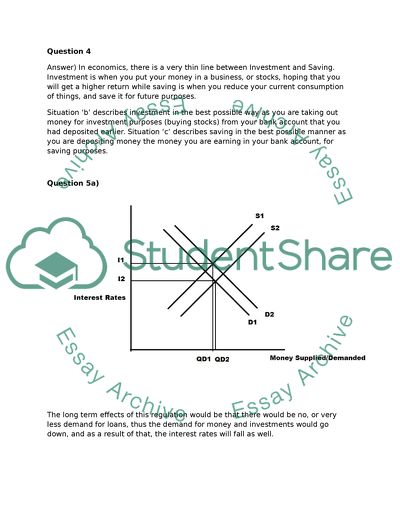Macro assignment Coursework Example | Topics and Well Written Essays - 500 words. https://studentshare.org/macro-microeconomics/1771748-macro-assignment
Macro Assignment Coursework Example | Topics and Well Written Essays - 500 Words. https://studentshare.org/macro-microeconomics/1771748-macro-assignment.


